When Immobilizing a Patient on a Long Backboard You Should
Secure the torso and then center the patient on the board. Ensure that you secure the torso before securing the head.

Comparing The Efficacy Of Methods For Immobilizing The Thoracic Lumbar Spine Air Medical Journal
People also ask what is a short backboard used for.

. When immobilizing the patients head to the long backboard you should. When immobilizing a patient on a long backboard you should. Secure the torso and then center the patient on the board.
After assessing distal neurovascular functions When controlling bleeding from a scalp laceration with a suspected underlying skull fracture you should. One paramedic is supporting the patients head while the other paramedic and your partner are supporting the patients torso and legs. Long backboards are commonly used to attempt to provide rigid spinal immobilization among EMS trauma patients.
When immobilizing a patient to a long backboard you should take standard precautions and then. When moving a patient on a long backboard you should. B tightly secure the patients head to the board with cravats.
A place rolled blankets on both sides of the patients head. Similarly it is asked how do you use a Hare traction splint. When immobilizing a patient with a kyphotic spine to a long backboard the EMT would MOST likely have to.
Liftingby extending the properly placed flexed legs is the most powerful way to liftand is called an emergency move. Force the head into a neutral alignment. Secure the patients head before the torso.
An injured patients head should be secured to the long backboard only after. Most ambulance services have moved to a more modern vest-style. When immobilizing a patient to a long backboard you should take standard precautions and then.
The short backboard is used to remove a stable injured patient from a vehicle onto a long backboard. Tightly secure the patients head to the board with cravats. Position splint against the uninjured leg to adjust the length.
When immobilizing the patients head to the long backboard you should. Ensure that the patients head is stabilized manually. Size and apply a cervical collar to the patient if this has.
Ensure that you secure the torso before securing the head. Secure the head to the board before securing the torso and legs. Assess each extremity for the presence of distal pulse motor function and sensory function.
When immobilizing a patient on a long backboard you should. Secure the torso and then center the patient on the board. Place blankets behind the patients head.
When immobilizing a patient on a long backboard you should. Tightly secure the patients head to the board with cravats. Follow the commands of the person at the patients torso.
Prior to immobilizing an anxious patient with a suspected spinal injury on a. Keep the patients head and spine immobilized to avoid movement. When immobilizing a child on a long backboard you should.
Place splint under the patients leg and. Place padding under the childs shoulders as needed. When immobilizing a patient on a long backboard you should.
Stabilize the injured leg. Have the patient exhale before fastening the torso straps. Ensure that you secure the torso before securing the head.
The bodys functions that occur without conscious effort are regulated by the _________ nervous system. When immobilizing the patients head to the backboard you should Place rolled blankets on both sides of patient head The most effective way to prevent accidental movement of a patients head when strapping them to a long backboard is. When immobilizing the patients head to the long backboard you should.
Instruct a helper to manually stabilize the patients head for in-line stabilization. Device to immobilize the patients cervical spine prior to using a long backboard. The patients body should be secured to the device.
Place rolled blankets on both sides of the patients head. Have the patient exhale before fastening the torso straps. However the benefit of long backboards is largely unproven.
Follow the commands of the person at the patients torso. Stabilize both sides of the head prior to applying a cervical collar. You and your partner are assisting paramedics in securing an injured patient to a long backboard.
Whenever yougrasp a stretcher or backboard your hands shouldbe at least 10 inches 25 cm apart. Follow the commands of the person at the patients torso. Take appropriate body substance isolation precautions.
Asked Nov 8 2021 in Health Professions by Fantastic_One A. When immobilizing a seated patient with a short backboard or vest-style immobilization device you should apply a cervical collar. Typically on a long spine board the torso is secured with straps first then the abdomen or waist and then the lower body.
Have the patient exhale before fastening the torso straps. Place rolled blankets on both sides of the patients head. Secure the head to the board before securing the torso and legs.
Ensure that you secure the torso before securing the head. Force the head into a neutral alignment. Asked Nov 27 2021 in Health Professions by jeetmang.
When immobilizing a patient with a kyphotic spine to a long backboard the EMT would MOST likely have to. Patients with penetrating trauma to the head neck or torso and no evidence of spinal injury should not be immobilized on a backboard.

Why Ems Should Limit The Use Of Rigid Cervical Collars Jems Ems Emergency Medical Services Training Paramedic Emt News

Comparison Of A Padded Patient Litter And Long Spine Board For Spinal Immobilization In Air Medical Transport Semantic Scholar

An Evidence Review Of Prehospital Spinal Immobilization Jems Ems Emergency Medical Services Training Paramedic Emt News
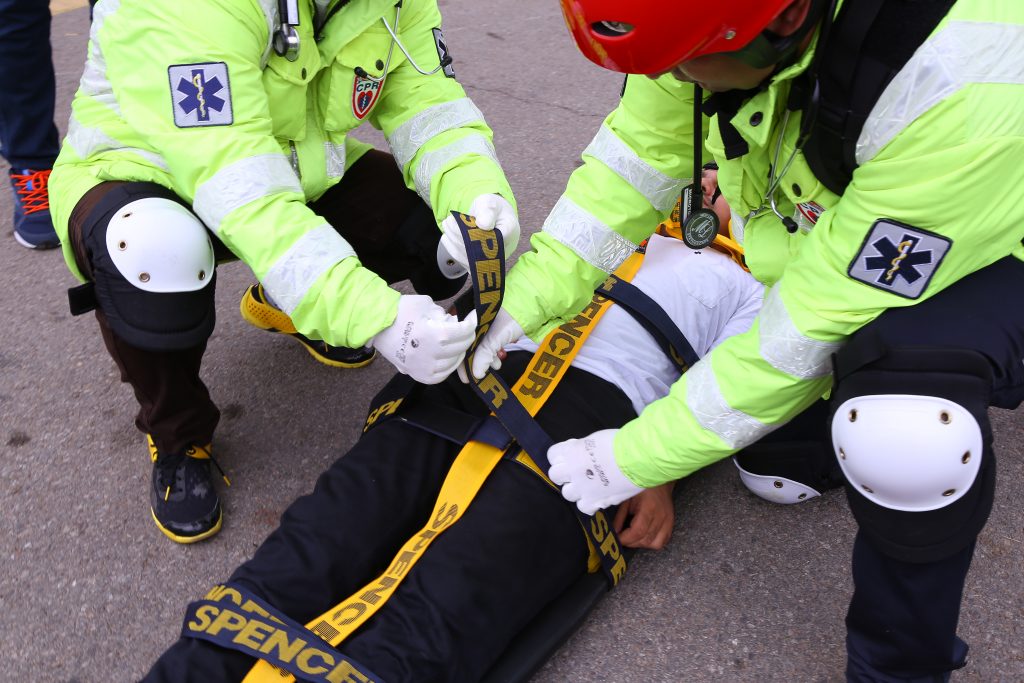
10 Steps To Perform A Correct Spinal Immobilization Of A Trauma Patient

Use Of A Spinal Board And Blocks Youtube

Emt Skills Spinal Immobilization Supine Patient Emtprep Com Youtube

International Trauma Life Support For Emergency Care Providers 7th Edition Itls Primary Survey Itls Secondary Survey Rapid Trauma Survey Pubhtml5
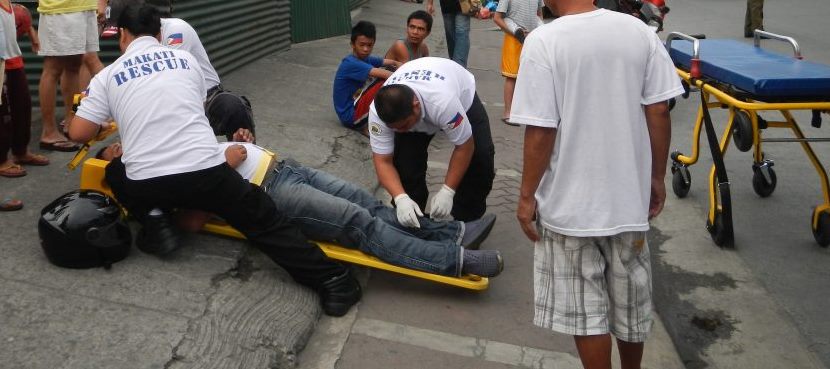
10 Steps To Perform A Correct Spinal Immobilization Of A Trauma Patient

Ems Training How To Apply Full Spinal Immobilization Using A Backboard Youtube

Nremt Spinal Immobilization Supine Patient Back Board Firefighter Emt Guide Pass The Exam Youtube

Mtr 11 Point Spineboard Straps Youtube
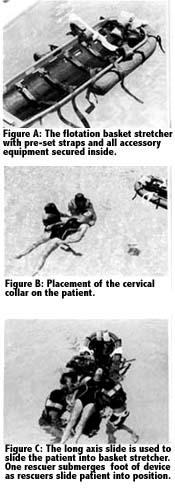
Spinal Immobilization In Deep Water Lifesaving Resources

Spinal Cord Potential An Overview Sciencedirect Topics

References In Effects Of Spinal Immobilization At A 20 Angle On Cerebral Oxygen Saturations Measured By Invos The American Journal Of Emergency Medicine
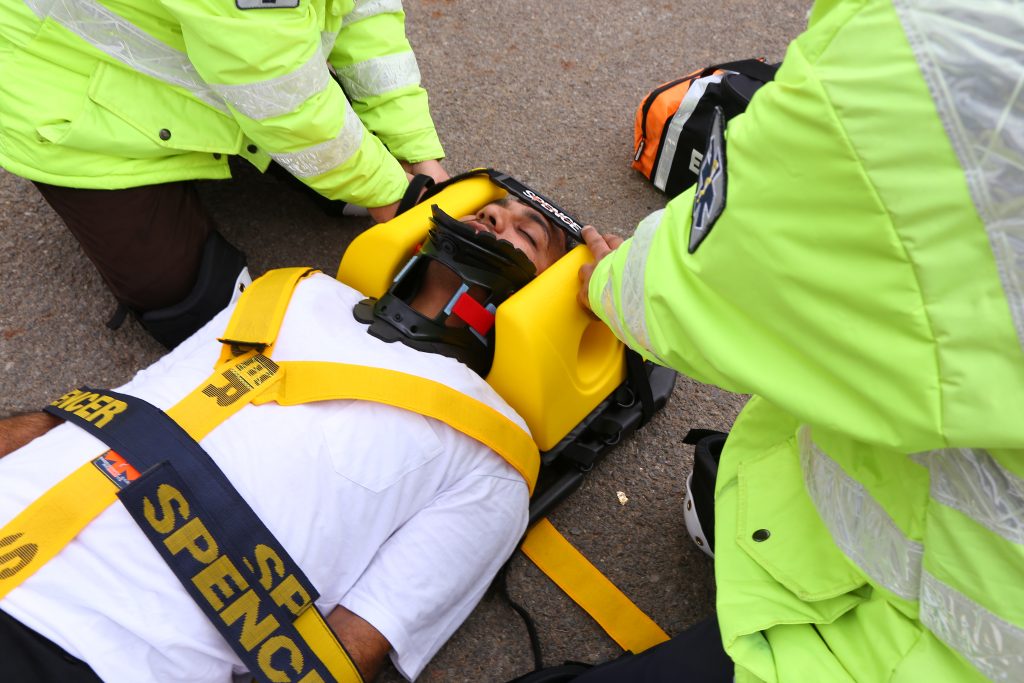
10 Steps To Perform A Correct Spinal Immobilization Of A Trauma Patient

Long Board Immobilization Youtube
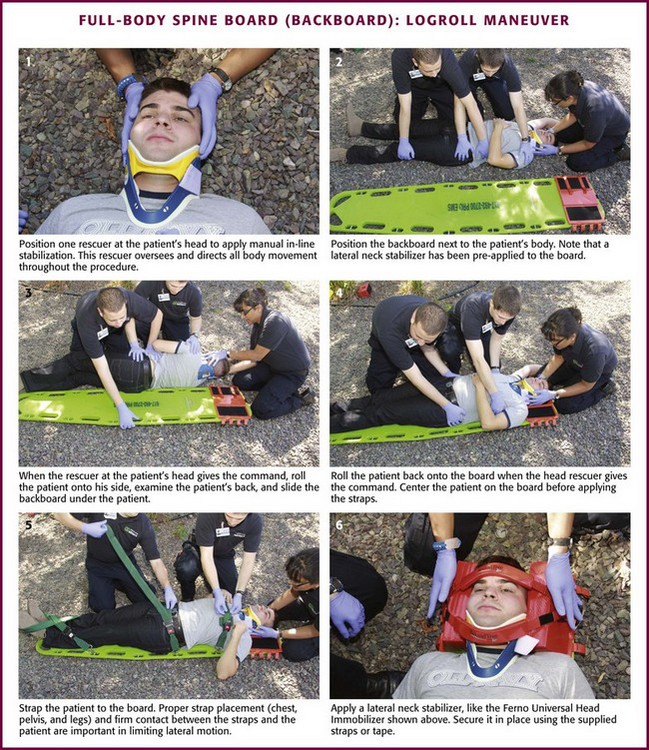
Prehospital Immobilization Veterian Key
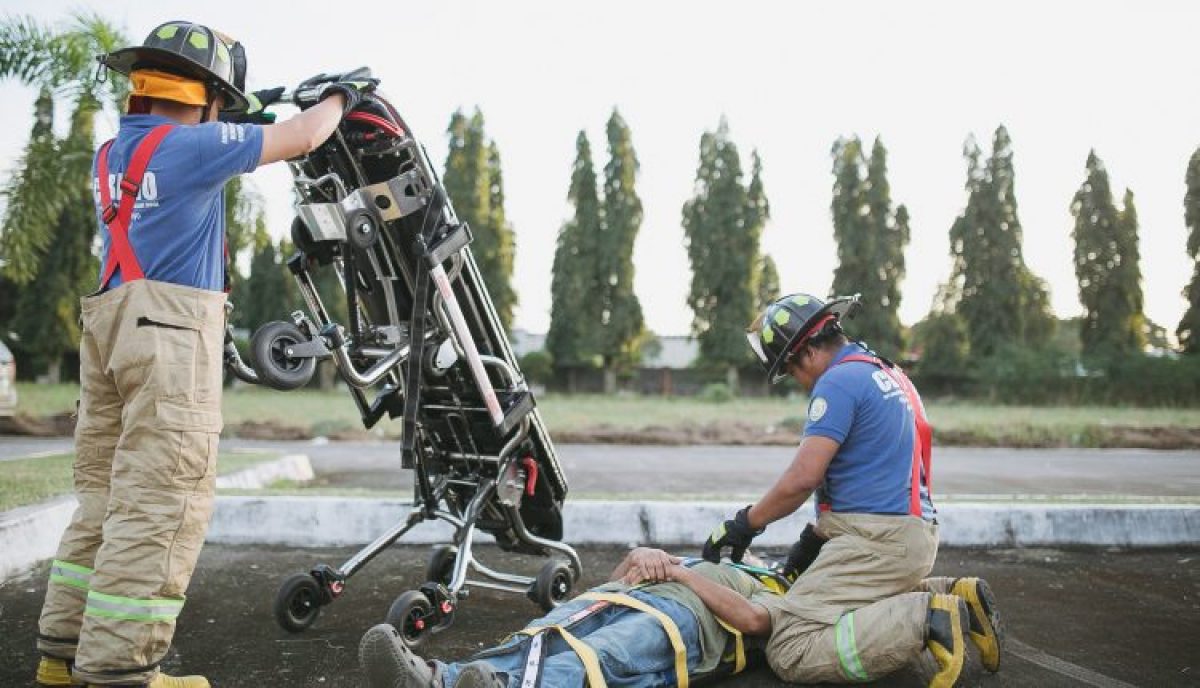
10 Steps To Perform A Correct Spinal Immobilization Of A Trauma Patient

Comments
Post a Comment